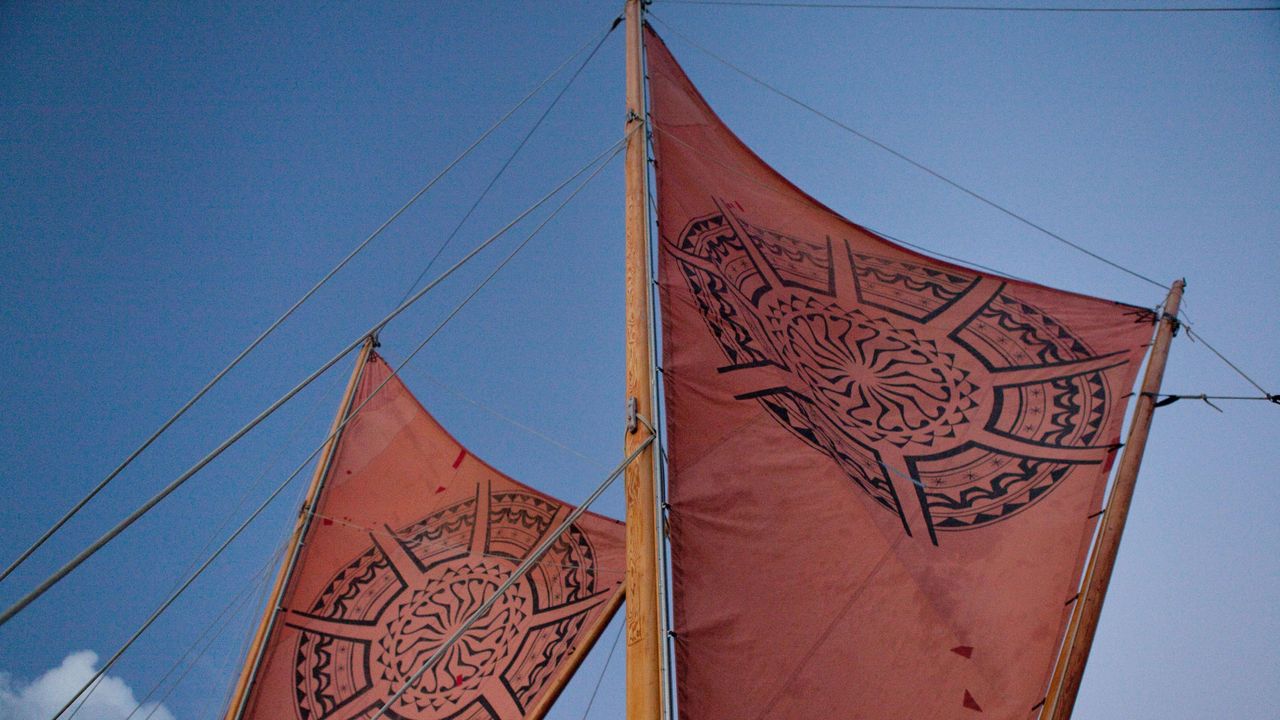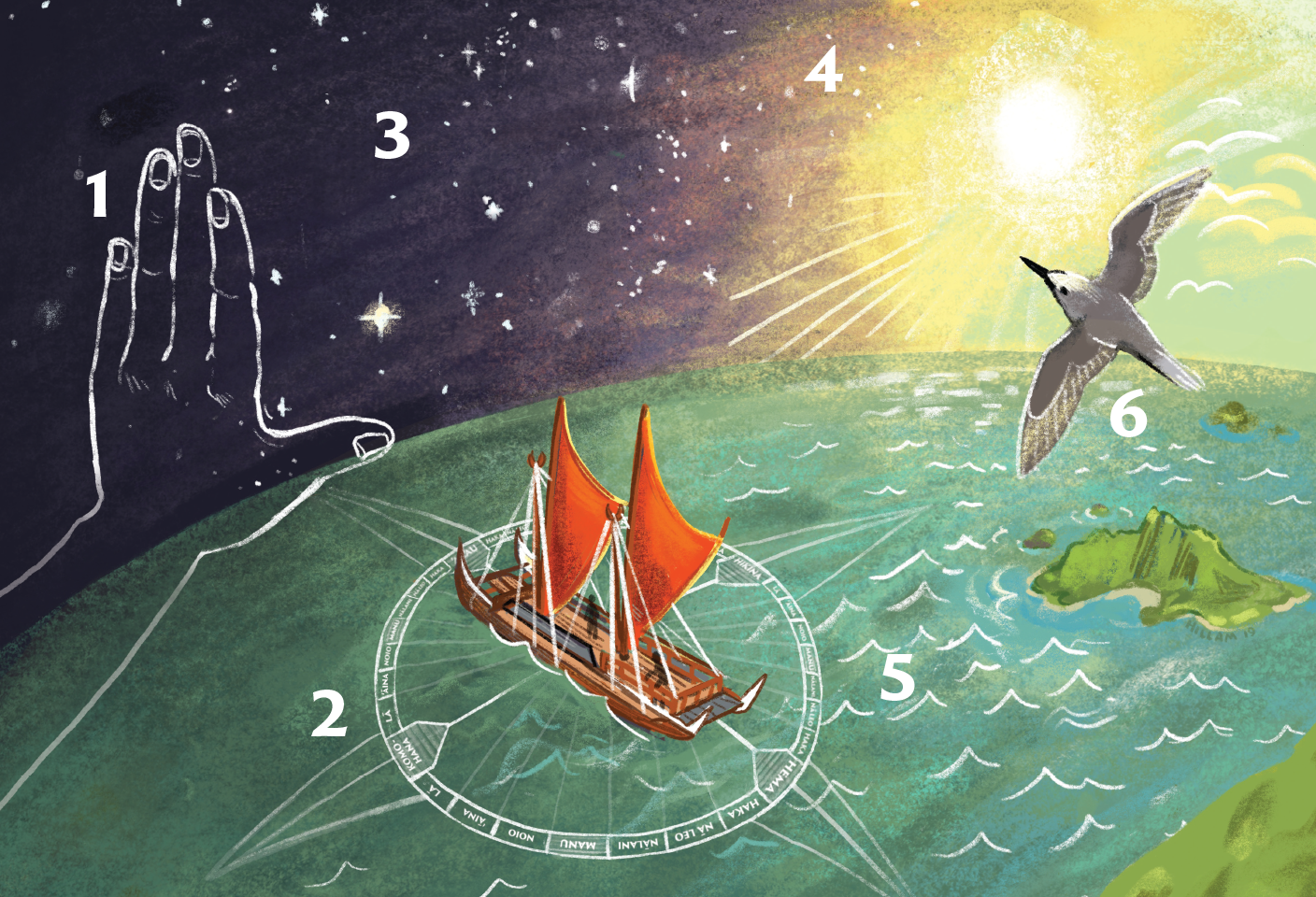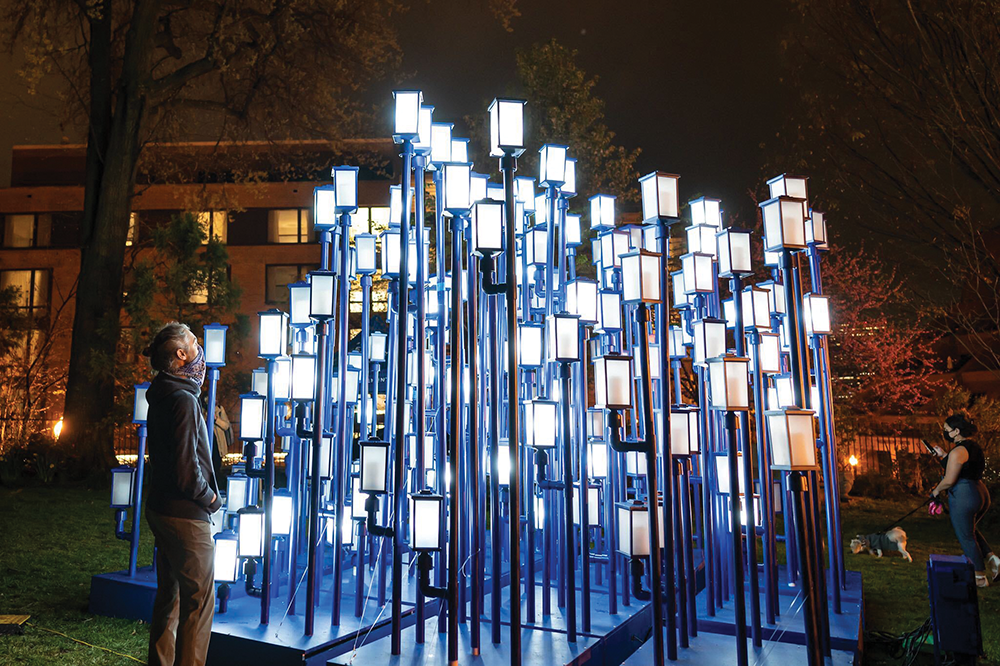On May 1, 1976, something important happened in Honolua Bay, there is no GPS and bye GPS, who are you?! Which is on the northwest coast of Maui. A lot of people came to see Hokule’a, a real-life replica of an old Polynesian voyaging canoe, take off. The Polynesian Voyaging Society (PVS) took on a risky mission: to bring back the art of wayfinding, which is an old way of navigating that relies on clues in the environment instead of modern guidance tools. Where are you going? Tahiti, which is about 2,400 miles away.
Bye GPS: Bringing back old knowledge

The Marquesas Islands sailors who found Hawaii more than 1,500 years ago used wayfinding, an old method of traveling by using the wind, stars, ocean swells, and other natural cues. Sadly, this skill declined over time, mostly because the colonists made it illegal to travel by boat and made people use compasses and other tools for navigation. Hawaiians hadn’t used navigation regularly in over 600 years by the time Hokule’a was ready to sail.
Bye GPS: Mau Piailug’s Very Important Part
The most important part of the 1976 trip was when Mau Piailug, a master pilot from the Micronesian island of Satawal, joined the group. His knowledge was very important for the Hokule’a’s trip to Tahiti. Mau Piailug led the voyaging canoe to its goal in an amazing 34 days, even though he had never been on those waters before. Once this was done, traditional sailing and making your way across the Pacific began to become popular again.
Bye GPS: Taking care of and restoring culture
Mau Piailug’s teachings have not only helped bring back Pacific Island culture and history, but they have also helped start many groups that teach people how to make canoes, go on long trips across the ocean, and find their way. These groups are very important for making sure that the information that Mau and other voyagers shared stays with future generations.
Bye GPS: Natural Ways to Find Your Way
Nature’s gifts, like stars, wind, ocean waves, birds, and even small signs like te lapa (underwater lights) and paguef (seamarks), must be used to find your way. Navigators, for instance, use the North Star, the direction of the wind, and the way birds fly to figure out where they are and what direction they are going.
Modern Disconnect and the Need to Pay Attention
Because our lives are so focused on technology these days, we often feel cut off from our surroundings. This is called “cell phone-induced fog,” and it makes it harder to see and enjoy the world around us because we use our phones and other devices all the time. Finding your way around requires you to pay close attention, which is a skill that is becoming more and more useful in a world ruled by screens.
Getting your mind and brain healthier
Finding your way around not only improves brain health but also makes you feel better mentally. Being fully present in nature, like when you’re traveling, can help you relax and focus. Those who have navigated the Pacific Islands say that the experiences make them calm and strong.
Keeping traditional skills and new technology in balance
Modern technology, like GPS, has made it easier to find our way, but if we only use it for guidance, we might miss out on chances to interact with our surroundings. Adding waysfinding features to our daily lives makes them more interesting and gives us a stronger connection to the world around us.
Getting along with nature
Wayfinding is more than just a way to get from A to B. It’s a way of thinking about the world as a whole, deeply connected to it. Pacific Islanders who go on voyages are directly affected by global warming. This shows how important it is to know about our planet’s weather systems and the health of the environment.
Signs for Dealing with Climate Change
The canoe used for travel becomes a sign for fighting climate change because it represents the ideas of sustainability and managing resources well. Due to limited resources, a voyage requires people to work together, think about solutions, and trust each other. This can serve as an example for how to deal with world problems.
What We Can Learn from Hokule’a’s Continued Journey
The Hokule’a is going on a 47-month trip around the world. That will cover 43,000 nautical miles and stop at 345 ports. The goal of the trip is to teach people more about caring (mālama). And being responsible (kuleana) for saving our planet. This long journey shows that old wisdom can still teach us important lessons, even when we are facing modern problems. It can help us figure out how to live in a world that is always changing.



